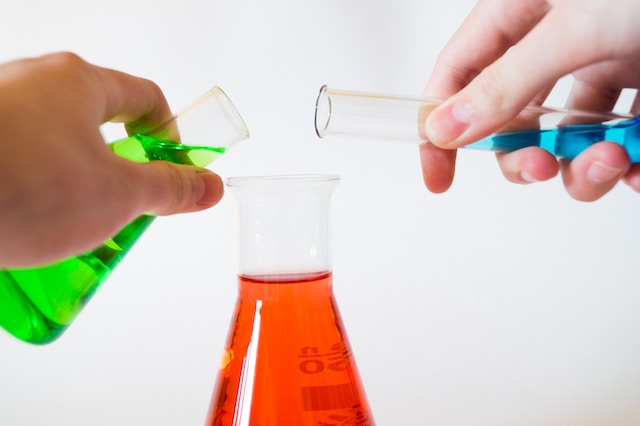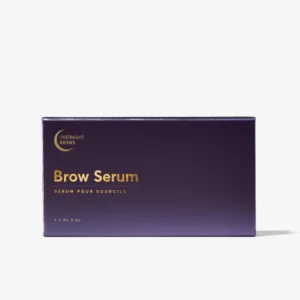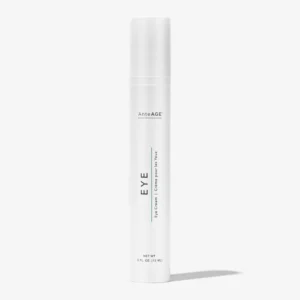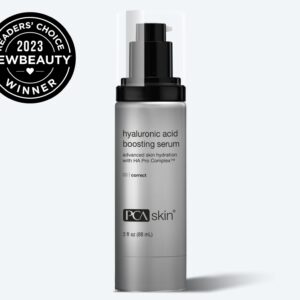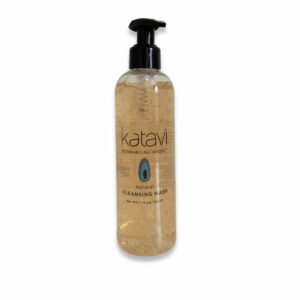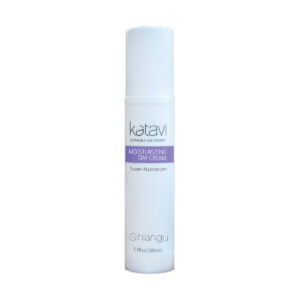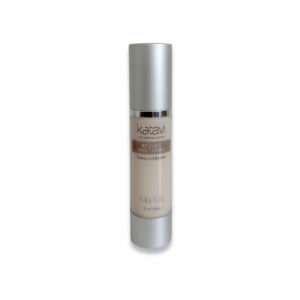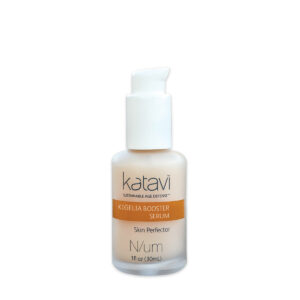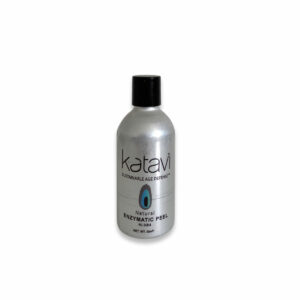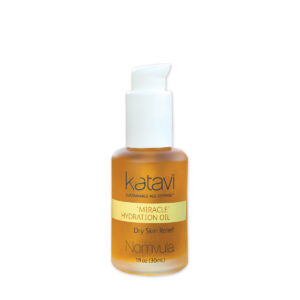What are NAD+ and Glutathione?
NAD+ and glutathione are both essential molecules for maintaining cellular function in the human body.
NAD+ (nicotinamide adenine dinucleotide) is a coenzyme that plays a crucial role in ATP (adenosine triphosphate) production, as well as in the regulation of cellular metabolism and energy balance. It is also involved in DNA repair and aging processes. NAD+ levels naturally decrease with age, leading to a decline in systemic metabolic functions and potentially increasing the risk of age-associated diseases.
Glutathione, on the other hand, is an antioxidant molecule that protects cells from oxidative stress and helps maintain a healthy immune system. It also helps the liver detoxify harmful substances in the body. Low levels of glutathione have been linked to a variety of health problems, including cancer, Alzheimer’s disease, and Parkinson’s disease.
Both NAD+ and glutathione are essential for overall health and well-being, and maintaining optimal levels of these molecules may help prevent or treat a variety of diseases and health issues.
Why NAD+ and Glutathione together?
NAD+ (nicotinamide adenine dinucleotide) and glutathione are two important molecules involved in cellular metabolism and antioxidant defense. NAD+ is a coenzyme involved in many metabolic pathways, including glycolysis, the citric acid cycle, and oxidative phosphorylation. Glutathione is a tripeptide molecule composed of three amino acids (glutamine, cysteine, and glycine) that plays a key role in detoxification and antioxidant defense.
NAD+ and glutathione work synergistically in several ways:
-
NAD+ is required for the production of glutathione. Glutathione is synthesized in cells by a series of enzymatic reactions that require energy in the form of ATP and reducing power in the form of NADPH. NAD+ is a key player in the regulation of cellular energy metabolism and the production of NADPH, which is used in the synthesis of glutathione.
-
Glutathione helps to maintain NAD+ levels. NAD+ is a redox-active molecule that can be metabolized to form NADH, which is a reduced form of NAD+. Glutathione plays a crucial role in maintaining the redox balance of cells by reducing NADH back to NAD+ through the action of the enzyme glutathione reductase. This allows NAD+ to be used again in metabolic reactions.
-
Glutathione protects against oxidative damage to NAD+. Reactive oxygen species (ROS) generated by cellular metabolism can damage molecules in cells, including NAD+. Glutathione acts as an antioxidant by scavenging ROS and protecting NAD+ from oxidative damage.
Overall, NAD+ and glutathione work together to maintain cellular metabolism and protect cells against oxidative damage. The synergistic interaction between these two molecules highlights the importance of healthy metabolic balance in maintaining cellular health and preventing disease.
What is oxidative damage?
Oxidative damage is an imbalance between the production of reactive oxygen species (ROS) and the cell’s ability to detoxify these molecules, leading to the destruction of proteins, lipids, and DNA. ROS is a byproduct of normal cellular metabolism and is usually kept in check by antioxidants. However, when there is an excess of ROS and not enough antioxidants, oxidative stress occurs, leading to cellular damage and dysfunction. Oxidative damage has been linked to many diseases, including cancer, Alzheimer’s disease, Parkinson’s disease, and aging.
What is glycolysis mean?
Glycolysis is the metabolic pathway in which glucose is converted into pyruvate with the generation of a small amount of ATP (adenosine triphosphate). It occurs in the cytoplasm of cells and is the first step in cellular respiration, the process by which cells obtain energy from nutrients. Glycolysis involves a series of biochemical reactions, including phosphorylation and dephosphorylation, that convert glucose into two molecules of pyruvate. These reactions also produce a net yield of two molecules of ATP and two molecules of NADH (nicotinamide adenine dinucleotide).
Typical NAD+ and Glutathione therapy regimen
Typically, the therapy regimen for NAD+ and glutathione depends on the individual’s specific health condition and medical history. Generally, the therapy for NAD+ and glutathione involves supplements or injections.
For NAD+, the most common regimen involves taking oral supplements or receiving injections of NAD+ to boost the body’s levels of this coenzyme. The dosage of NAD+ supplements or injections varies depending on the individual’s condition and response to treatment.
For glutathione, the therapy regimen may involve receiving intravenous injections of glutathione or taking oral supplements. The dosage of glutathione supplements or injections also varies based on the individual’s condition.
It is important to note that the use of supplements or injections for NAD+ and glutathione therapy should be prescribed and monitored by a healthcare professional. They will recommend the appropriate dose and length of treatment to ensure the best possible outcome.
NAD+ and Glutathione snippet
NAD+ and glutathione work synergistically to maintain cellular health and prevent oxidative stress. NAD+ serves as a crucial cofactor in the production of glutathione, a powerful antioxidant that helps neutralize free radicals and protect cells from damage. In turn, glutathione helps to maintain NAD+ levels, bolstering energy production and promoting healthy cellular metabolism. By working together, these two compounds help support a wide range of vital cellular processes, including cell signaling, energy metabolism, and DNA repair.
Related items..
-
AnteAGE® Overnight Brows Serum 3.5ml
$75.00 -
AnteAGE® Eye (15ml)
$105.00 -
PCA Skin Hyaluronic Acid Boosting Serum 3oz
$315.00 -
Katavi Radiant-S Facial Serum NEW
$55.00 -
Katavi Natural Cleansing Wash
$33.00 -
Katavi Moisturizing Day Cream
$43.00 -
Katavi Tula Tula – Intensive Night Care
$43.00 -
N/um – Kigelia Booster Serum
$46.00 -
Katavi Hluba – Enzymatic Peel
$30.00 -
Katavi Miracle Hydration Oil
$40.00
Get Your Learn On


